Introduction
The weeks move ever onward, and we find ourselves at the start of summer with a simple question: how do you keep this thing fresh? It has been a few months of Un’goro now and, while there is an announcement on the horizon, it isn’t here yet. As a result, instead of going over one of the higher meta lists, I thought we’d break down a deck that I have seen run more and more as I’ve moved up the ladder. This week we are breaking down Jade Druid. While the core concept is nothing new, the twist on this deck for a midrange list in a non-midrange world is very interesting and gives you a lot of tools at your disposal. Jade Druid dropped off in popularity as of late, but this build has helped bring it back into the spotlight. And for good reason.
The Deck
This is pretty much the stock list for this build that was first developed by holyji_hs. While you have many of the tools of old Jade Druid lists, this deck operates on a very interesting principle. That is, you are always going to win the long game. That has been true since the start of Jade and it is absolutely true now. Not only do you have a strong combo with Gadgetzan Auctioneer, but you also have a lot of ways to draw cards. You are going to beat the slow decks, so you don’t need to worry about them. That allows you to hedge your bets against faster decks and gives you a way to front-load your tech cards. This deck has cut some familiar faces to give you more ways to clear and AOE. That solves the primary problem and turns this into a lean, mean, green machine.
Early Game
The start of this game is going to be the most plain. This is because you are going to focus on ramping and then do what you can to match your opponent’s curve. This often takes the form of crystals, where you work hard to power out big threats. Controlling the board is important, but most of the time you want to prioritize mana. This will allow you to get your engine going ahead of your opponent’s. This can seem like an odd road to take (it always feels bad not reacting to your opponent) but if the trade off is there then you should be ok. Ramping over a Wrath when you have no future plays is wrong, but if you’re building into a Swipe or a big taunt, then it’s the right move.
The only exception to the above rule is when you’re going up against aggro decks. In this case, it is much better to take the route that is going to get you an answer the fastest. That can be ramping into a taunt, drawing for an answer, or just building up AOE. As mentioned, you want to get to the later stages of the middle game where you can slam down your combo cards. For this reason, you do want to adjust to early threats and, unless you are ramping towards a goal, work hard to control the early board. It does not take a lot for many of the aggressive decks to get going these days, so it is often best to aggressively remove any strong opening targets.
Middle Game
The middle of the game is where you need to focus on tempo. This is a theme we have discussed to death, but this deck has an extremely powerful late-game plan. That means you are almost always going to be able to win if you get out ahead during these turns. Forcing your opponent to deal with a few golems that steadily grow is going to run down just about any deck in the game. Then, once they run out of cards, you can simply out value them with things like Gadgetzan Auctioneer and Aya Blackpaw. Remember, your opponent is much scared of you then you are of them. Your combo is going to trump all things so you shouldn’t be afraid of slamming down threats to take priority.
You can also stall here if need be. This path is going to come in handy when you don’t quite have a strong enough hand or when you. In these situations you want to just threaten your opponent by playing bodies over abilities and drawing as much as possible. These are the games where you want to use Gadgetzan Auctioneer to get two cards or play Primordial Drake on an empty board. Anything to make your opponent react. Health is a valuable resource, and when you have a weak hand (even if your board is strong) you want to protect yourself by turning your opponent’s focus elsewhere.
Late Game
The end game is going to take two routes. You are either going to build up a few big threats and push for huge chunks of damage or you are going to combo your opponent into oblivion. The way this turns out is largely going to be based around whether or not you have access to the combo as well as if what type of plays you have in your hand. If you’re under pressure you should do what you can to get out your bigger bodies and leverage armor cards like Feral Rage and Earthen Scales. However, if you have any breathing room you just want to try to go an infinite as you can. Even if you don’t have the full combo at your disposal, being able to get two or three golems from different sources is going to be a sufficient amount of pressure. Leverage your taunts if you are worried about dying, do everything in your power to keep the board, and make a read based on how your opponent plays. If they have a weak turn take advantage and push hard for priority.
Matchups
A breakdown of the different decks I see while playing ladder.
Discover Mage
Treat this match like a race. As long as you have one source of removal (which you should) your opponent is largely going to spend their middle turns dealing with your threats. This then gives you a way to grow bigger and bigger each turn. Mage is strong, but they are also reactive. If their early push gets disrupted they will stop worrying about the board and start planning for their big end-game burn. As soon as your opponent switches to their Freeze/value plan you need to go in. Getting your golems to high levels is not always going to win the game, but it will force your opponent back against the wall and quickly exhaust your resources. It does not matter what your swing bodies or tempo plays are. All that matters is you get something down so they have to react. The more dead turns you have more they can hoard, which is a problem.
This is not a game that you need to win with the combo. It simply does not last long enough for that. Rather, this is a matchup where you want to focus all of your energy on pumping out big bodies and healing when possible. Eathern Scales and Primal Rage are going to be the only ways you can respond to Alexstrasza. Know this, and get use out of those cards whenever possible. While you can use the healing at any time because they are armor (and thus immune to the dragon) I find it is often better to hold them for that “surprise” factor. If you go in on them too early your opponent can leverage their other spells and better plan for you. Keep your opponent guessing, get a hold of the early board, and pump out threats as fast as you possibly can.
Pirate Warrior
Pirate Warrior is a very tricky game where all of your tech cards are going to come into play. This matchup is going to put you on the back foot from turn one and you need to do what you can to climb back into the game. I mentioned above that you just have to be ok with ignoring a turn on the board to build up towards your engine. This is the one game where that doesn’t fully apply. Your engine does nothing when you’re getting beaten in the face with an Arcanite Reaper, nor does it help against an army of Pirates. For that reason, this is the game where you want to push hard into control and look hard for early removal. If you can ramp into a wall that’s great, but there’s no reason to let a Pirate live just to ramp and use your Wrath the next turn.
Note that, even once you survive Pirate’s initial flurry of weapons, minions, and burst damage, you can still die to many topdecks. The way you win this is by getting to your Primordial Drakes or gigantic healing spells. You only normally need one of those to end this, but that is not the case. Be careful with your life. It is easy to rely on your minions and focus on the board, but Pirate is structured in a way where they have very few dead topdecks. This is a game that you win with attrition. Your whole goal is to grind your opponent down. Run them out of cards and stretch out their damage as best as you can. You only need one dead turn to take this one.
Midrange Paladin
This is one the matchups that largely falls in your favor as long as you can survive Uther’s early push. Paladin is a list that loves to build up from turn one, and it is going to be very hard for you to keep up with a quick murloc opening. While you have many anti-aggro tools, Paladin typically has enough health and strong minions to rise above them. You want to win this game by simply out-midranging your opponent. Do what it takes to push your bodies onto the board and spend your resources to get minions. The Jade route is key here and you want to get it going as soon as possible. This is a matchup where you want to press your opponent with things like Aya Blackpaw and Jade Behemoth. Any time you can get a few bodies onto the board you should. Also note if there is anything in your hand that you want to build up to. Paladin has very limited sources of removal, so getting a Fandral Staghelm or Gadgetzan Auctioneer onto an empty board can end the game on the spot. Just understand your opponent’s tools and the various ways they can clear the board. It does not take much to get overwhelmed here and you need to be careful. Clear their threats and never let them build up to a gigantic swing.
Aggro Druid
This is a matchup that is going to be over very quickly. Either your opponent has the tools they need to get bigger than your removal, or you ramp up faster than they can match. Like Pirate, this is a game where you never want to ramp just to ramp. Depending on “what ifs” and topdecks is a good way to lose the game by turn three. Rather, this is the matchup where Wild Pyromancer and Acolyte of Pain come into play. Push out bodies where you find them and clear aggressively as possible. You are a Druid deck, which means your removal is going to be limited. If you let your opponent get out a big early body (like a 4/4 Enchanted Raven) everything can quickly fall apart. The goal is to get your opponent to react to you, but that won’t happen until the middle game. Early on you just want to burn your spells and keep everything they have off the board.
To win this one you need to prepare for both mass buffs and Living Mana. It is very easy to see your opponent’s board and think “next turn I’ll clear” but the problem with that is your opponent’s will likely be able to grow their minions, which then invalidates any mass removal. They can quickly climb above Wild Pyromancer and Swipe. This is the biggest reason you need to clear aggressively rather than sitting back and waiting for a better opportunity. There may not be one. Primordial Drake will end this game every time is comes down, so the rule is to just get to the dragon at all costs.
Midrange Hunter
I would say that, as history has proven, Midrange Hunter is going to be your toughest matchup. You are a deck predicated on a type of “go big” tempo, but Hunter matches that punch for punch. This entire game is going to come down to tempo and who can push out the bigger bodies through turns four and six. You just are not equipped to handle Houndmaster/Tundra Rhino/Nesting Roc/Savannah Highmane, but your opponent is also not going to be good at taking down your steadily growing Jade army. This is the one matchup where you want to adapt freely. If you have ramp early you should take it. This will help you get to your tempo cards and big threats before your opponent. However, if you cannot make use of it, then go for the clear. You want to challenge your opponent’s board throughout the game and run them out of cards. Remove threats during the first three turns, but once you hit turn four you need to start playing your own threats.
Tip and Tricks
Earthen Scales is one of your strongest tools against most of the popular meta decks. In fact, it is a must have when you’re going up against burst decks like Hunter, Mage, and Pirate. Do not be afraid to drop it down as leverage as soon as you get a solid body to stick. The opportunity to use it can quickly slip away.
Wild Pyromancer is going to serve as a win condition against a lot of decks. While the 3/2 will not end things outright, the breathing room it gives you can be invaluable against aggro. I will almost always save the coin to use with the two drop (if I have it early) when I’m up against anything that wants to swarm the board.
As always, you need to be careful with Feral Rage. This is another clutch healing tool that can win you a lot of games, but the four damage also comes in handy for early board control. Read your situations and see how much the damage is going to be worth when matched up against any potential armor gain.
Know how and when to use Fandral Staghelm. If you’re up against a deck that cannot easily do five damage you can use him as a tempo play. Just be sure to get some value at the same time. One Wrath to clear the board and force removal is very good against aggro or midrange, but against control he should be for bigger swings like Jade Idol or Nourish.
You are almost always going to use Nourish for cards. Drawing three is an insane amount of tempo and helps you build up your engine rather quickly. The only reason you need to push for crystals is when you want early ramp to take the board or race towards a specific combo.
Gadgetzan Auctioneer does not have to be a combo card. You have two of the goblins and you never want to find yourself holding back a solid play just to get more value later on. This is a great tempo play and it can often be right to run it out for just two or three cards. Your opponent is going to kill the 4/4, which means you both draw and tie up their next turn.
Do what you can to get Aya Blackpaw out ahead of your opponent. Dropping the 5/3 can be a good way to slow the game down when you’re behind, but there are going to be many matches where she wins on her own. The panda is nearly impossible to deal with when someone has no board. For that reason, when she’s in your hand you should work hard to set her up.
Mulligan Guide
When you mulligan with this deck you want to always look for ramp. Beyond that, keep your early removal when facing down aggro and your jade cards or value plays against everything else. Ramp is so key to Druid that it should always be your first priority. Do not try and keep slow or value cards on their own. Dig for the mana jump first then reevaluate. Also remember that ramp is always going to change what you can keep. Play to your curve first and then worry about the rules second.
Must Keeps:
Innervate Wild Growth WrathSituational Keeps:
Jade Idol is good to keep early on when facing a slower deck or when you have a good curve coming after it.
You always want Wild Pyromancer when fighting aggro.
Feral Rage is strong alongside a good early curve when facing aggro.
Acolyte of Pain should always be kept with the coin or a curve.
Jade Blossom is fantastic with the coin or a coin/Wild Growth draw.
If you have a strong opening you can keep Fandral Staghelm to play as a midgame threat. This goes double if you have ramp to push the 3/5 out early on.
Swipe should be kept against aggro when you have a good curve coming before it, with or without the coin.
Replacements
There are a few different tech choices I have noticed in this build. While I largely disagree with them, there is quite a bit of room for experimentation here. This one largely comes down to personal preferences and exactly what you want to get out of your deck.
Mark of the Lotus is a strong card, but it can be swapped out. Yes, it does have the Wild Pyromancer utility, but it could become another tech choice, taunt minions, or big threat. This largely depends on your meta and what tools you need the most. On the flip side, you can also put a second one in if you’re seeing a lot of aggro.
Feral Rage is largely a tech card, and, as with any tech card, it is flexible. There are several things you can run here, and all of them are strong. Weapon removal comes to mind, but Spellbreaker is also a common choice. I have even seen some people testing Keeper of the Grove.
You could presumably cut one of the Primordial Drakes. The original list ran Yogg, but I vastly prefer the utility of knowing I have two large taunts at the end of the game. This could also become another Mark of the Lotus or one of the tech choices listed above. However, you do want one dragon.
Lastly, I should mention you could presumably cut the anti-aggro front end core. Acolyte of Pain and Wild Pyromancer are for a very specific list that is geared towards countering an aggressive, small-minion world. If that is not the part of the ladder you’re at you could shift back towards more traditional cards like Jade Spirit. However, this only goes if you aren’t facing aggressive decks.
Conclusion
I always love breaking down some of the more interesting decks in the game. Last week we covered Token Shaman, and this list is a cool new twist on an old favorite. Jade Druid’s time in the sun seemed to have passed, but this goes back to what I always say: do not be afraid to study the classics. Just because a deck isn’t popular doesn’t mean it isn’t good. All it typically takes is one or two tweaks to make it all come together. This is a perfect example of that and shows how you can be rewarded for adaptation. Until next week, may golems always be your best friend.


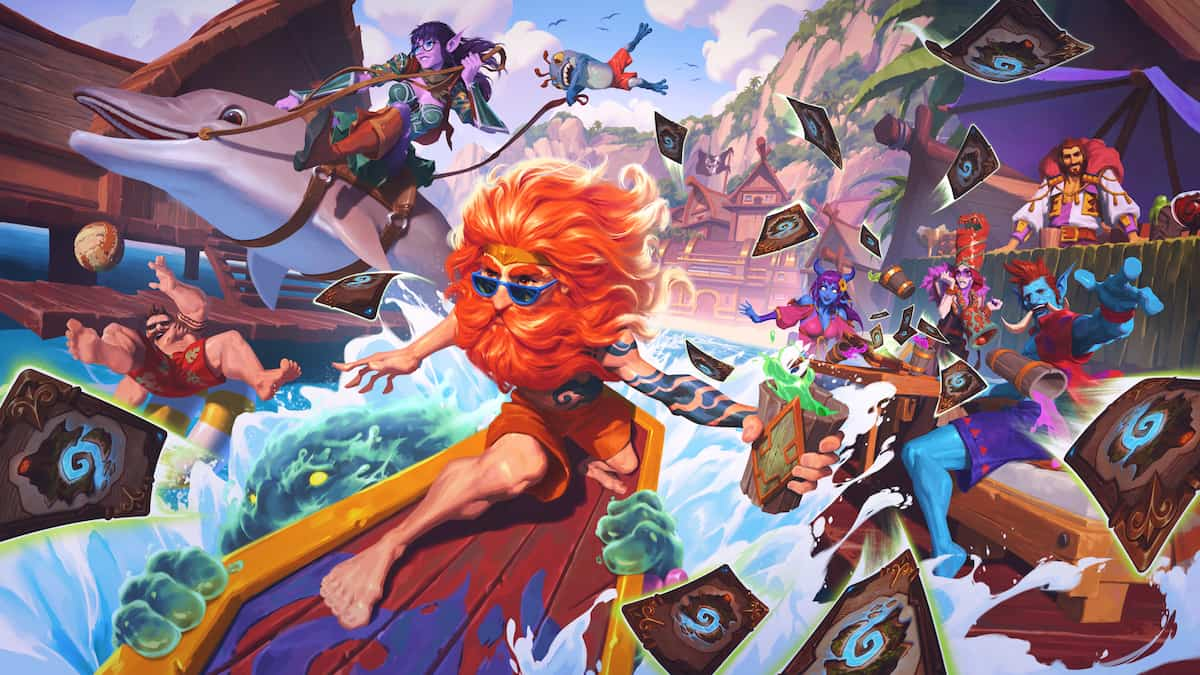
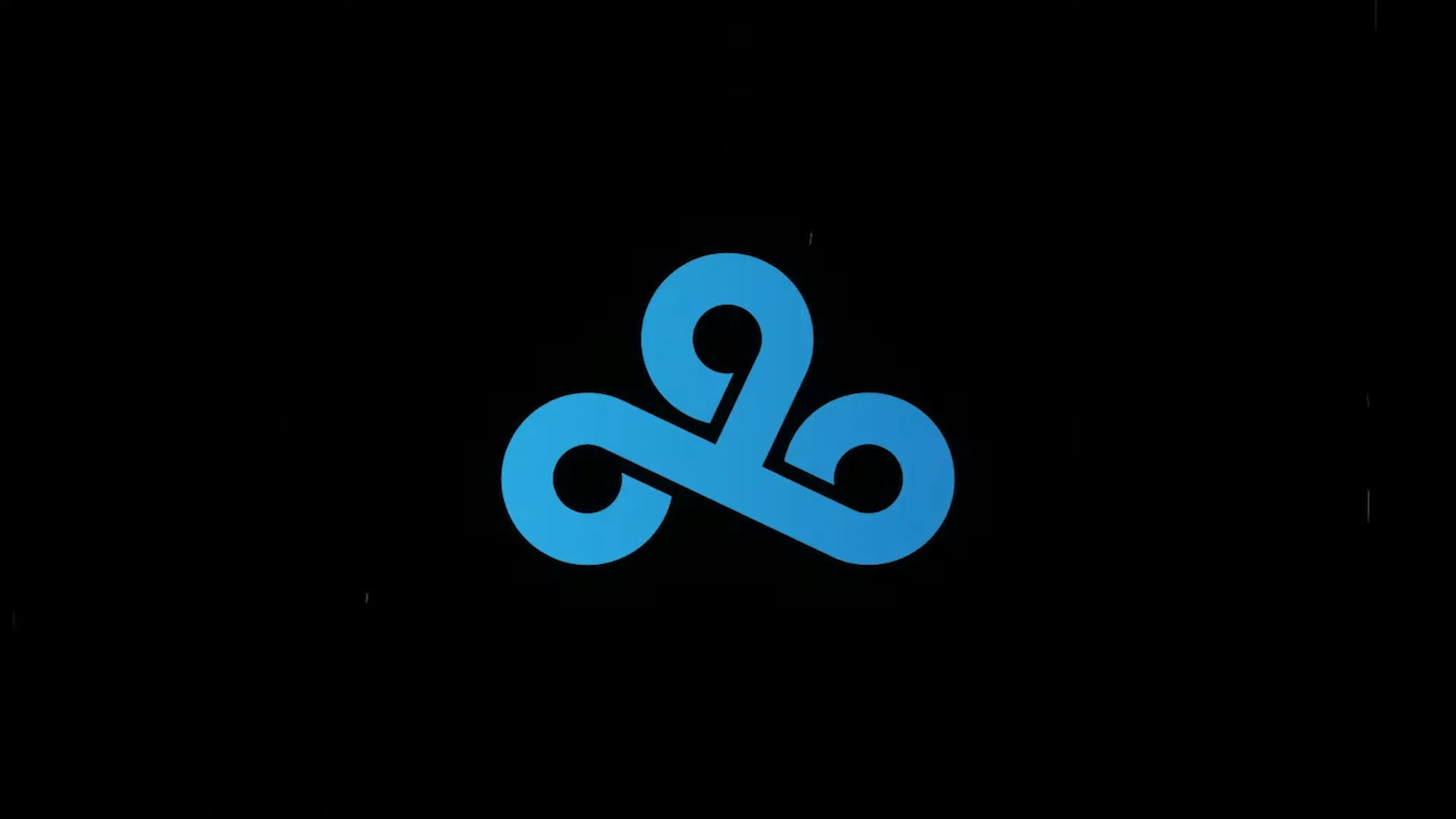
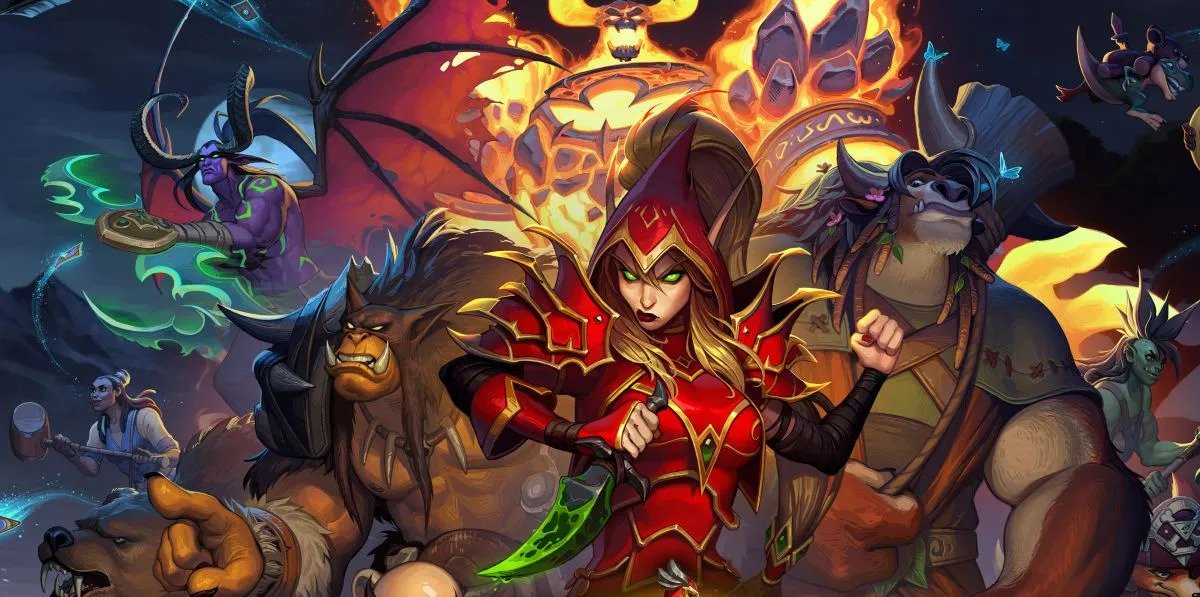
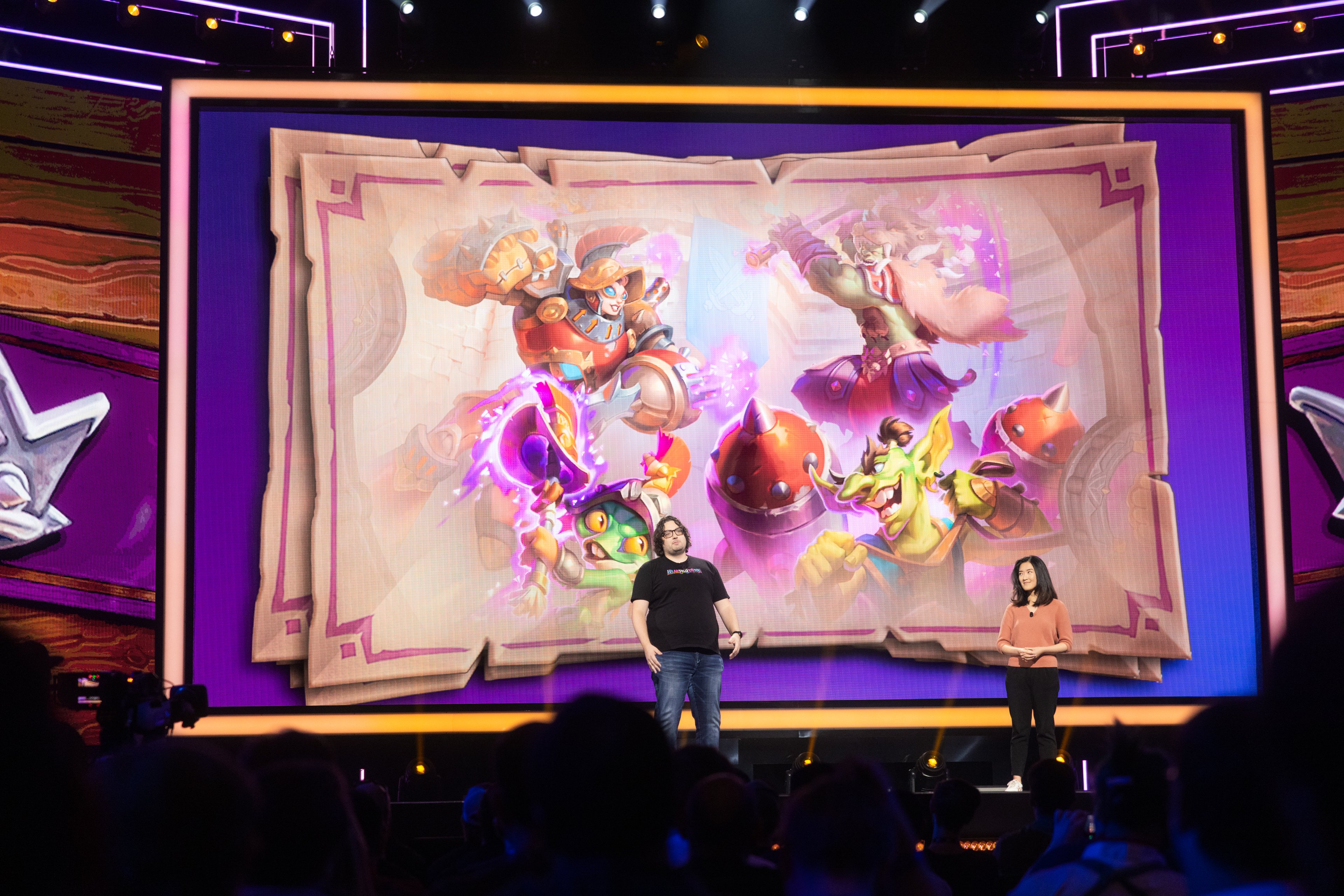
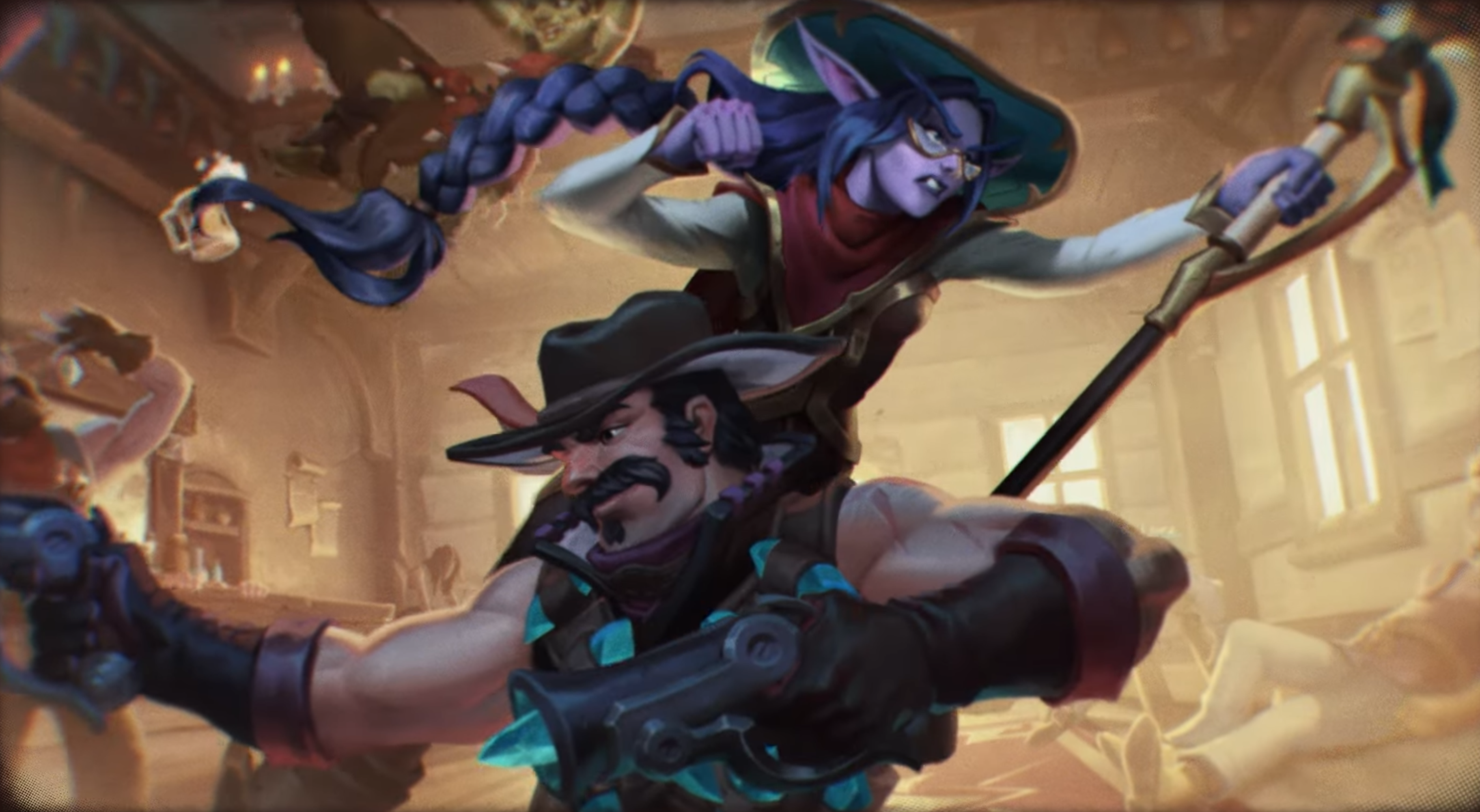
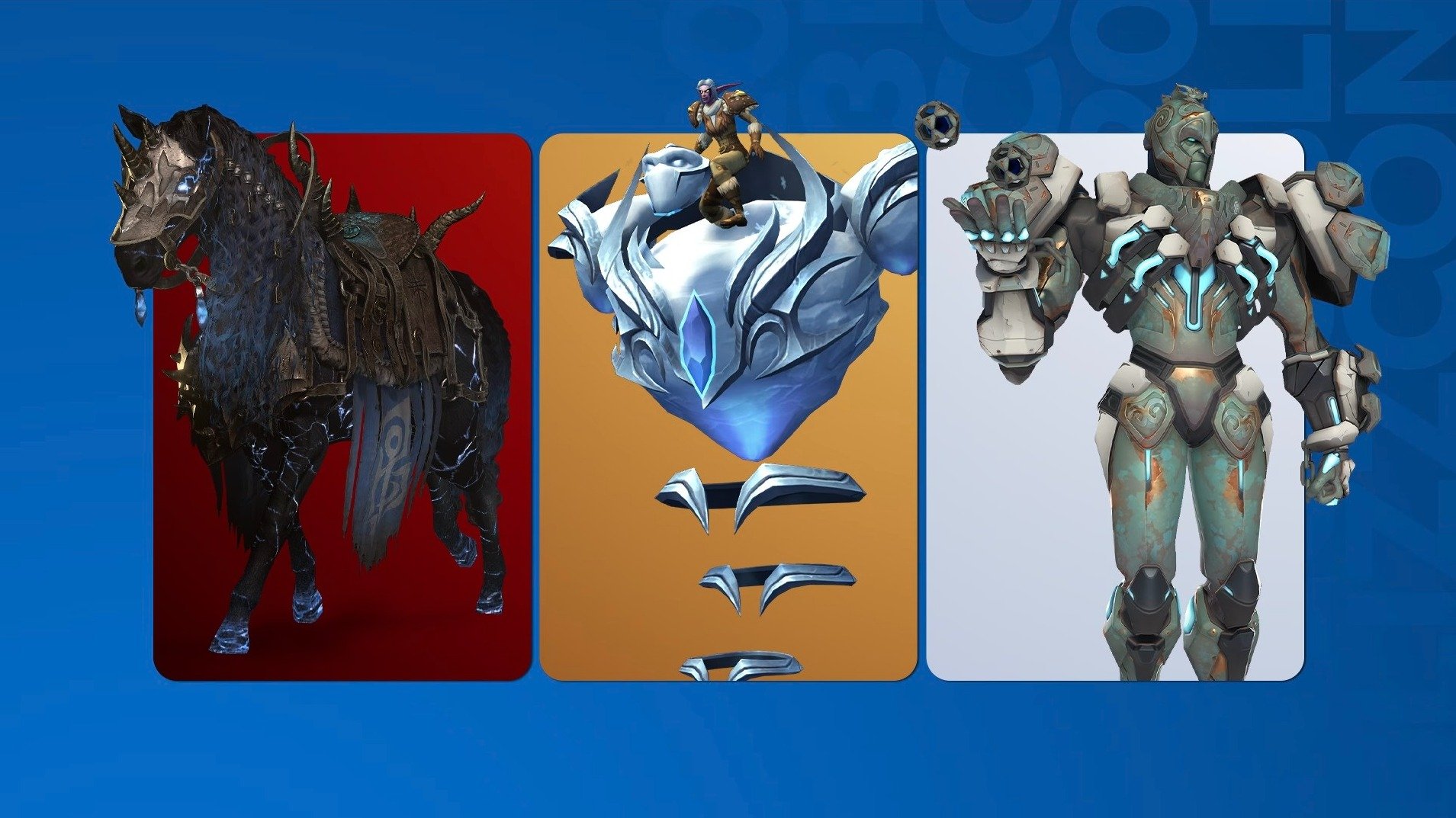
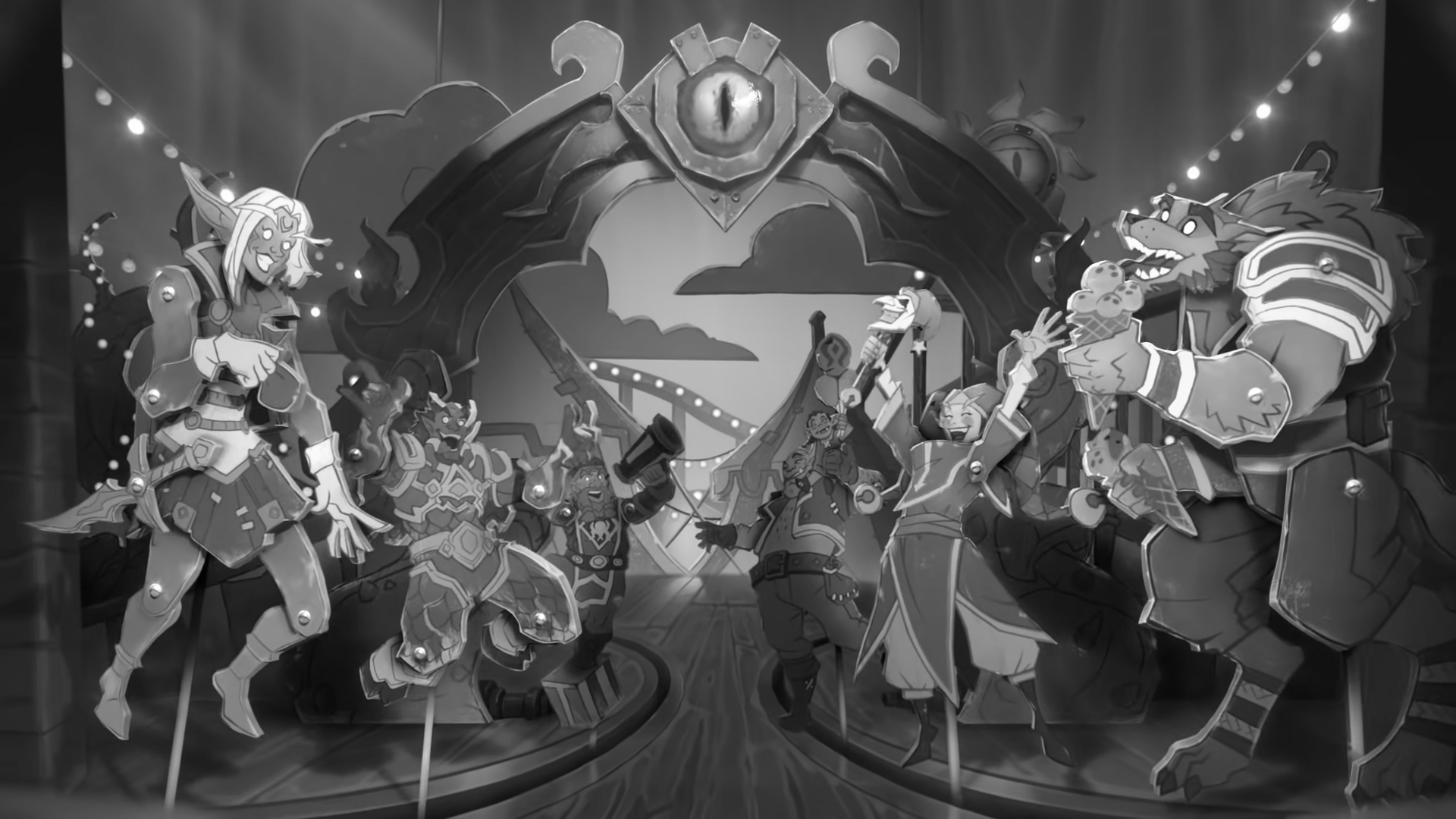
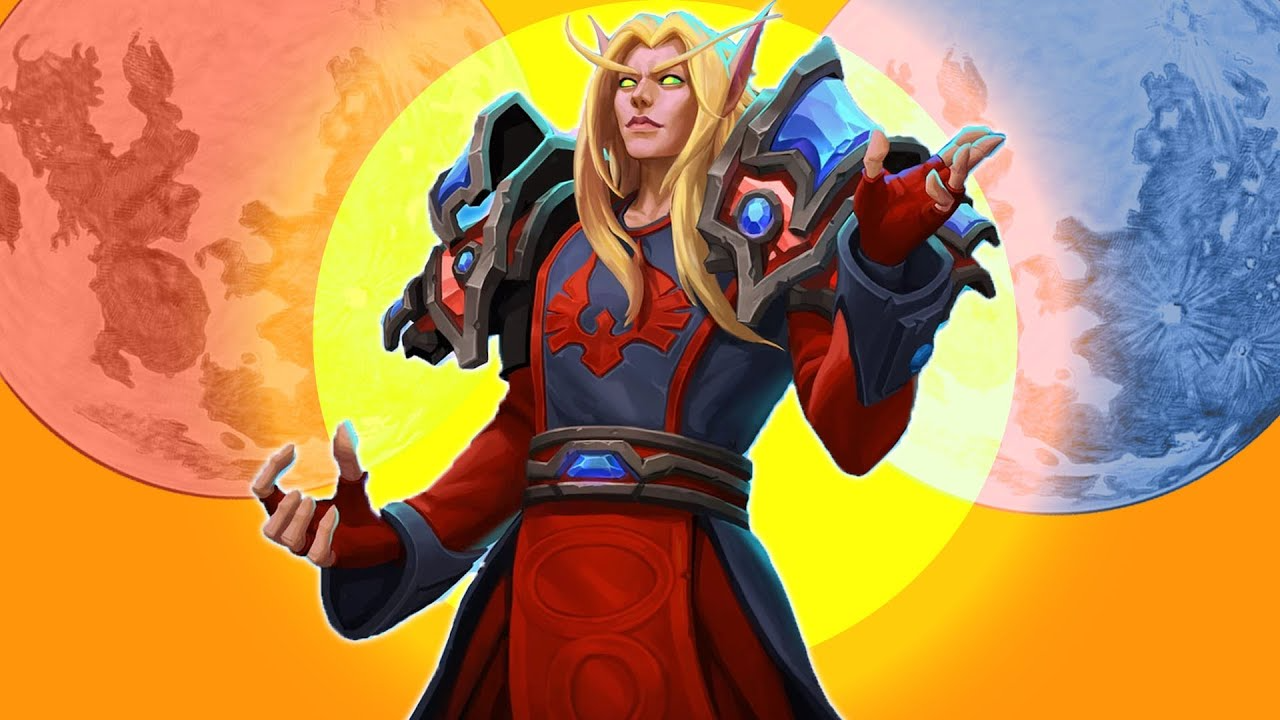
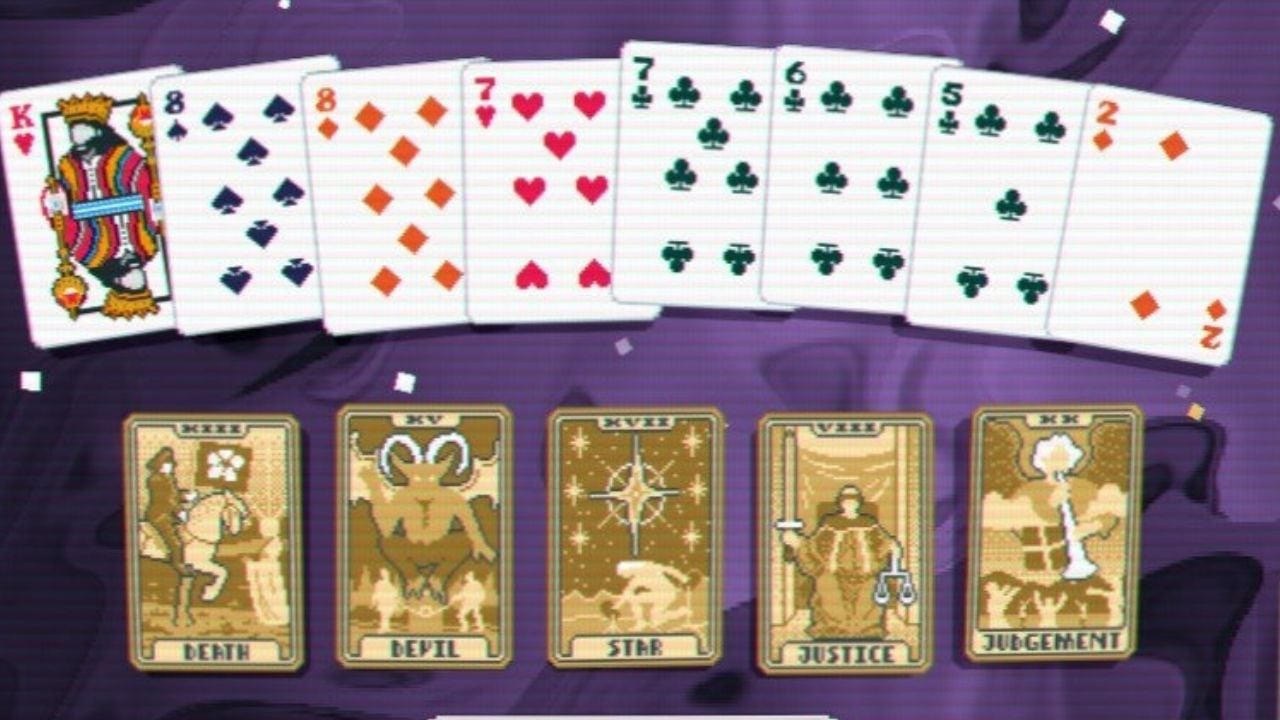
Published: Jun 28, 2017 07:50 pm